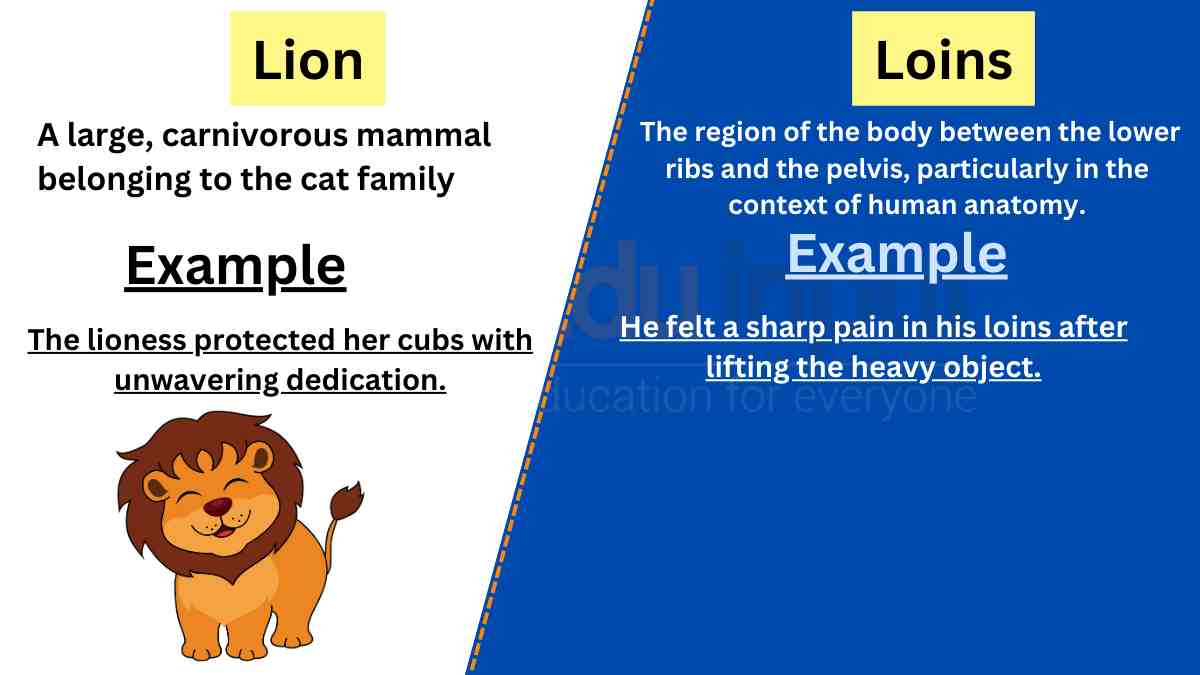Contagious vs. Infectious-Difference between with examples
In the realm of diseases and public health, the terms “contagious” and “infectious” are often used to describe the transmission of illnesses.

While both words relate to the ability of a disease to spread from person to person, they have distinct meanings and implications.
In this article, we will explore the differences between “contagious” and “infectious” to gain a clearer understanding of their usage and significance.
By recognizing that “contagious” refers to the ease of transmitting a disease through direct or indirect contact, while “infectious” refers to the ability of a pathogen to invade and multiply within a host, we can use these terms accurately and effectively.
Let’s delve into the contrasts between “contagious” and “infectious.”
Meanings and Examples
Contagious Meaning
Adjective: Contagious describes a disease or condition that can be transmitted from one person to another through direct or indirect contact.
Contagious Examples
- The flu is highly contagious, spreading easily from person to person through respiratory droplets.
- Measles is a highly contagious disease that can be transmitted through airborne particles or direct contact with an infected person.
- COVID-19 is a contagious illness that primarily spreads through respiratory droplets, requiring precautions such as wearing masks and practicing social distancing.
- Chickenpox is highly contagious, with the virus spreading through direct contact with the fluid-filled blisters of an infected person.
- Norovirus is a highly contagious gastrointestinal illness that can be contracted by consuming contaminated food or touching contaminated surfaces.
Infectious Meaning
Adjective: Infectious refers to a disease caused by a pathogen, such as a virus, bacterium, or parasite that invades and multiplies within a host organism.
Infectious Examples
- Tuberculosis is an infectious disease caused by the Mycobacterium tuberculosis bacterium, primarily affecting the lungs.
- HIV is an infectious virus that attacks the immune system, leading to acquired immunodeficiency syndrome (AIDS).
- Malaria is an infectious disease transmitted by the Plasmodium parasite through the bite of infected mosquitoes.
- Hepatitis B is an infectious viral disease that affects the liver, transmitted through contact with infected blood or bodily fluids.
Differences between Contagious and Infectious
| Criteria | Contagious | Infectious |
| Meaning | Easily transmitted | Caused by a pathogen |
| Part of Speech | Adjective | Adjective |
| Pronunciation | kənˈteɪdʒəs | ɪnˈfɛkʃəs |
| Usage | Describing disease transmission through direct or indirect contact | Describing diseases caused by pathogens |
Usage in a Paragraph
During a viral outbreak, it is essential to understand the distinction between contagious and infectious diseases. A contagious disease, such as the common cold, can spread easily from person to person through respiratory droplets or by touching contaminated surfaces. In contrast, an infectious disease, like tuberculosis, is caused by the invasion and multiplication of a pathogen within the host’s body. This differentiation is crucial for implementing effective prevention and control measures. By recognizing the contagious nature of certain diseases, individuals can take precautions such as frequent hand washing, wearing masks, and practicing social distancing. Likewise, understanding the infectious nature of diseases guides healthcare professionals in diagnosing and treating patients appropriately.
Differentiating between “contagious” and “infectious” provides clarity when discussing the transmission and nature of diseases. “Contagious” refers to the ease of disease transmission through direct or indirect contact, while “infectious” refers to diseases caused by pathogens that invade and multiply within a host. By accurately using these terms, we can better communicate the characteristics of diseases, implement appropriate preventive measures, and facilitate effective healthcare interventions.







Leave a Reply